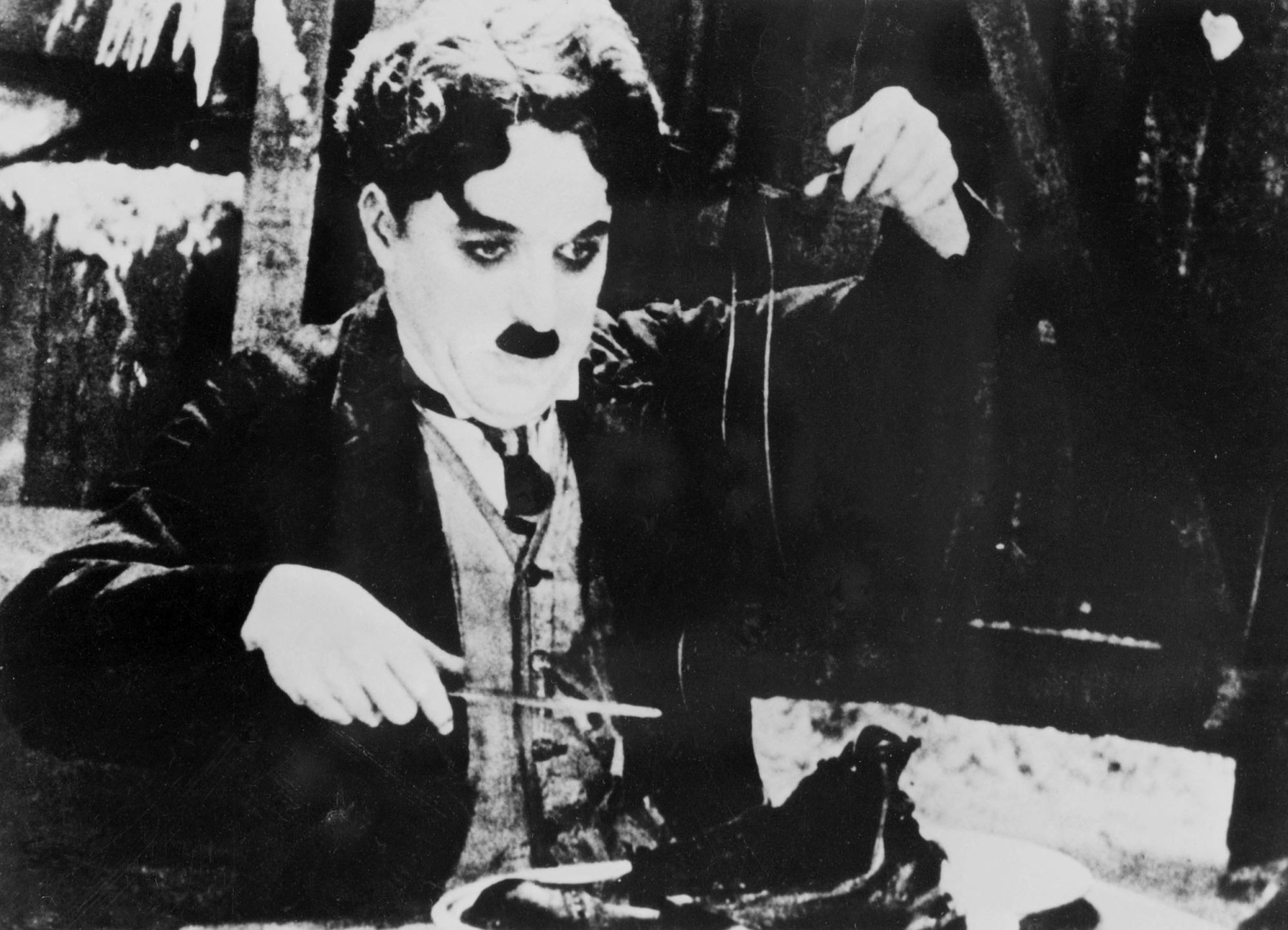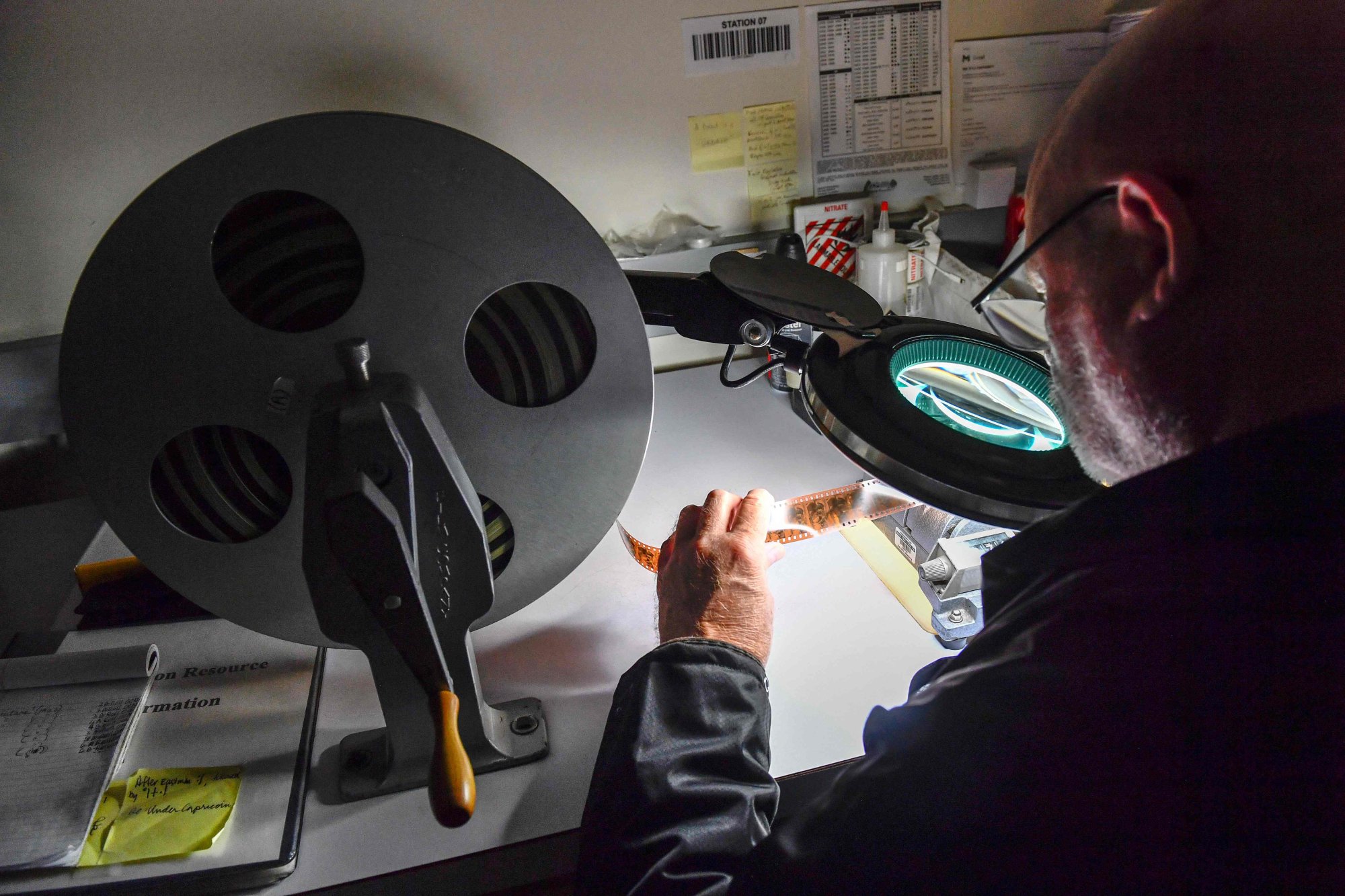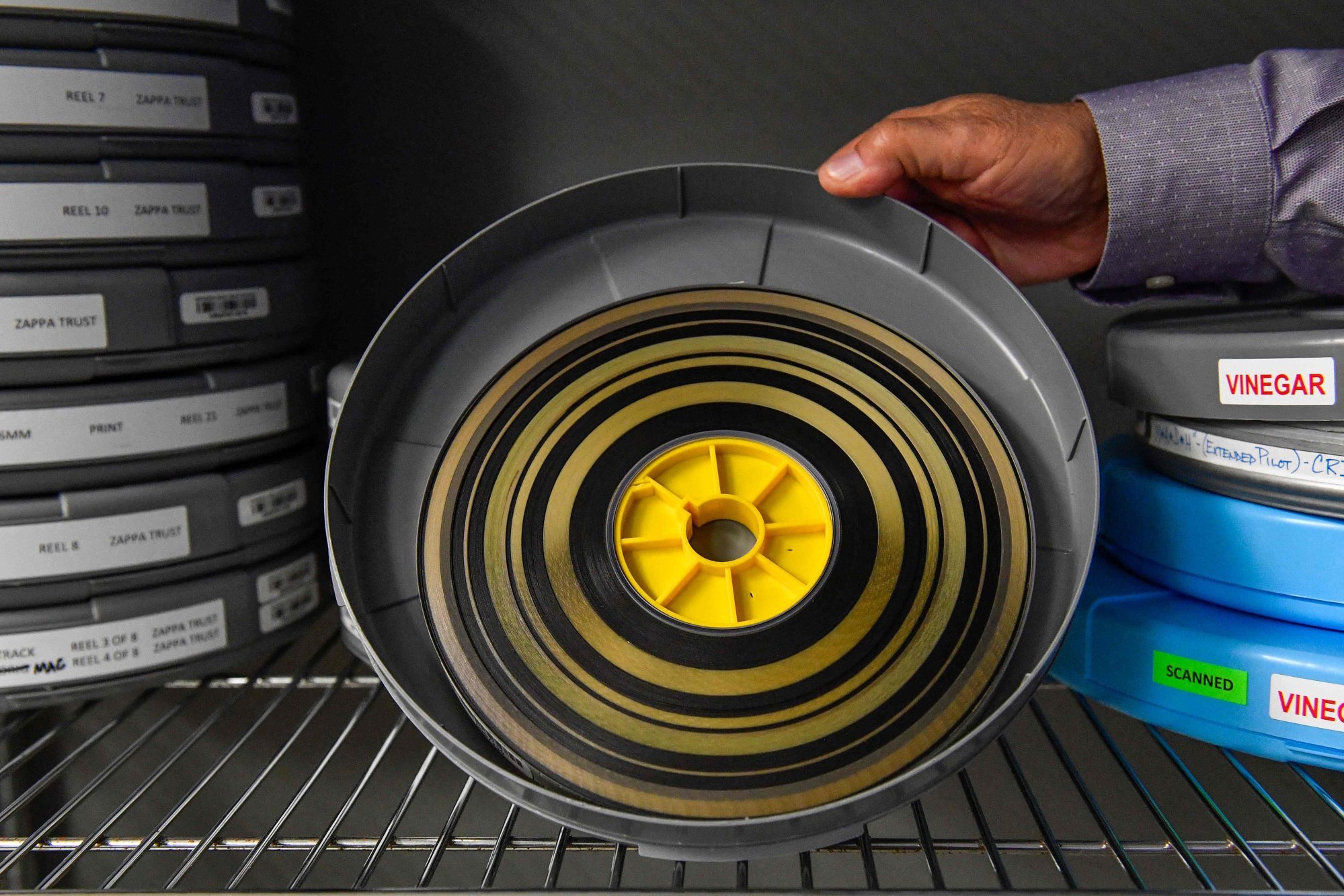And no film star wants to end up like that.

Movie-making has gone through a number of evolutions as directors sought a way to immortalise their leading men and women.

But studios quickly noticed a significant drawback: nitrate is highly flammable.
Projection rooms had to be fireproofed in an effort to avoid the kind of blazes that killed dozens of cinema-goers in the 1920s.
Even when not in use, nitrate film was not safe – with a relatively low flashpoint, it could ignite if the room it was stored in became too hot. Huge fires at film storage sites in 1914 incinerated much of America’s early cinematic history.
The introduction of acetate film in the 1950s was a cause for celebration among movie executives and cinemas alike; it was a material that allowed directors to capture images in lifelike resolution without the danger of it catching fire.
The problem is that it does not age well, and – if not looked after properly – in as little as 15 years it can turn into an unusable reel of plastic that reeks of vinegar.
It’s part of our cultural history, and [we] love to play a part in preserving it for the future
For a movie company that has spent tens, or even hundreds of millions of dollars on a film, that is bad news.
“Keeping film in the proper environment ensures its longevity,” says Doug Sylvester, chief executive of Pro-Tek Vaults.
“That allows you to have a pristine, often original copy that can be used to make additional prints and digital copies over time.”

Old and new films all have to be stored – with the utmost care and under tight security.
Around a million reels of Hollywood history sit coiled in metal cans in top-secret temperature- and humidity-controlled units in Burbank and Thousand Oaks, just outside Los Angeles.
Huge movable shelves are filled floor to ceiling with tens of thousands of hours of movie magic – alongside legendary television shows, footage from presidential libraries and music videos.
Closed circuit cameras watch over the around 1.5 billion feet (almost half a million kilometres) of film to ensure that no one makes off with the original negatives from an Oscar winner.
Silvester says his customers are “very particular about mentioning the titles that we hold”.
“But I can say that there are some classics, if you were to look at […] the American Film Institute’s 100 greatest films of all time, you would see many of those here in our inventory.”
The company is also involved in the cataloguing and digitisation of material that production houses might not even be aware they have in their own storage units.

That has included a project with record label Universal Music Group that unearthed never-before-seen footage of a Guns N’ Roses concert, as well as restoring classic videos from the likes of Johnny Cash, Bon Jovi and The Cranberries.
Sylvester says uncovering hidden gems like these and then working to keep them safe is a rewarding task.
“It’s part of our cultural history, and [we] love to play a part in preserving it for the future.”

